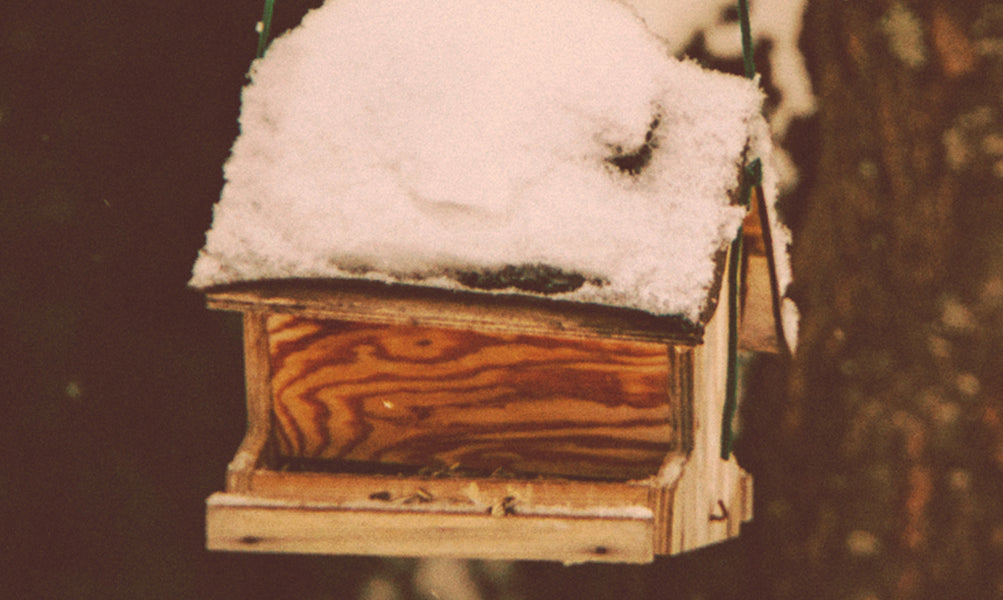No Products in the Cart

Feeding birds in winter can be rewarding and enjoyable in the midst of chilly weather. By understanding which birds are around in winter and what they need to eat, both novice and experienced backyard birders make the most of their feeders during the coldest months of the year.
Feeders
When looking for a feeder, it is important to have one that has a wide cover over the feeding ports or perches. Our Welliver Outdoor feeders over ideal options for feeding winter birds.
Place your feeders in somewhat of a sheltered location out of the most severe winds. Placing feeders closer to the house will be effective and will help keep the birds visible for indoor birdwatching. At the same time, feeders should be placed near protective cover such as hedges or a brush pile to offer birds safety from predators. To minimize window collisions, place feeders no more than five feet away from a wall or window, and use window clings or other techniques to help birds avoid the glass.
Food
Power foods for winter birds include a variety of seed and suet. Some of the most popular seeds include Black oil sunflower seed, Hulled peanuts or peanut hearts, Nyjer (thistle) seed, Suet mixes with seeds or fruit, and White millet seed. Most of these seed can be found in stores that sell yard maintenance supplies.
When choosing birdseed and other foods for winter feeding, take into consideration which bird species are present in the winter and what foods they prefer to avoid excess wasted seed. Be sure to store your feed in a secure, cool, dry location to avoid attracting other animals or mold to grow.
Pests
Just as food is scarce for birds in the winter, it is also scarce for squirrels, mice raccoons, stray cats and other backyard pests and predators. If you safeguard your feeding stations, birds will feel secure and likely to return all winter.
Position feeders several feet from natural cover where birds can hide if necessary, but not so close as to allow predators a place for an ambush. In some cases, placing temporary fencing or mesh around feeding stations to keep predators and pest wildlife away.
Offer other food for pest animals, such as cobs of corn for squirrels, in a different location so they are less tempted to raid feeders.
Other tips
To make the most of feeding birds in winter, be sure to:
With care and consideration, backyard birding can be an exhilarating hobby throughout the winter, with birdsong and backyard visits to brighten the coldest, darkest days of the season.